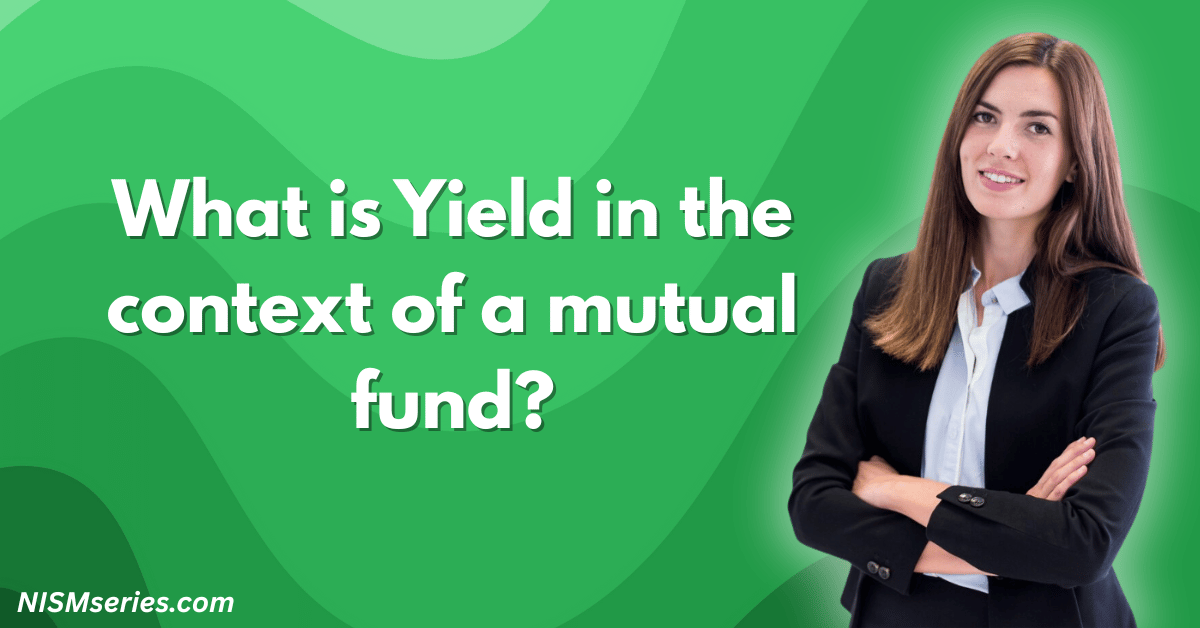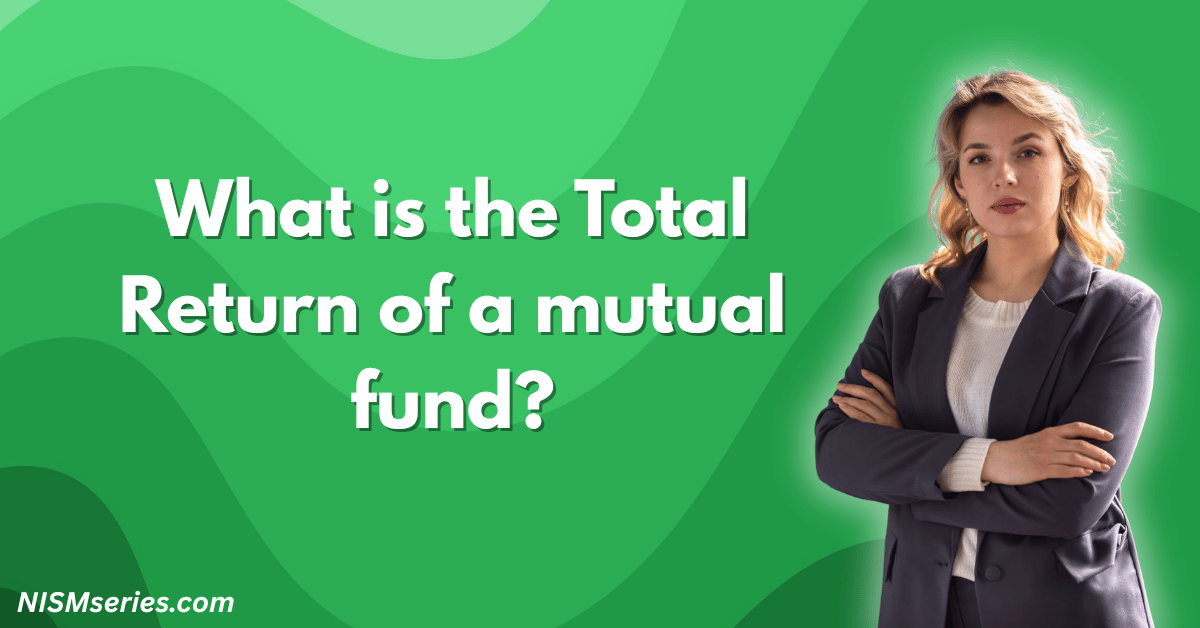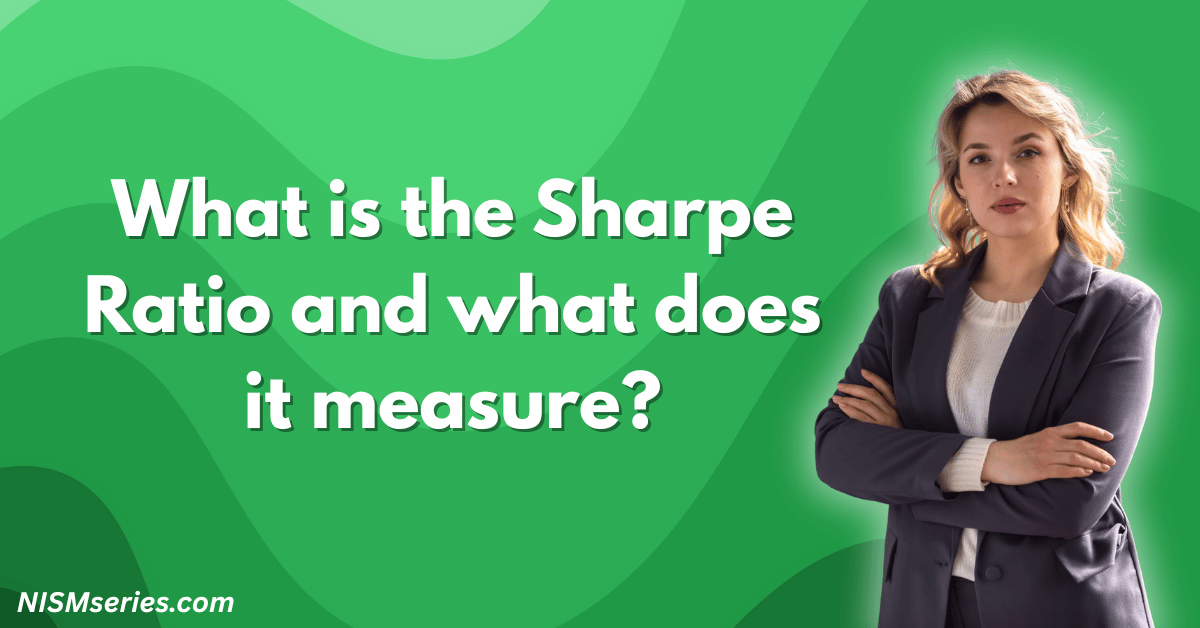Default risk is the chance a person won’t pay back a loan. They miss payments. For debt funds, this means companies in the fund don’t pay their loans back. When this happens, the fund loses money. This is a real problem. Credit card defaults hit ₹4,072 crores.
Banks wrote off ₹10.60 lakh crores from bad loans. These numbers prove default risk is a serious threat. A default means a company pays nothing back or only a part. Either way, it’s a broken promise.
Table of Contents
Understanding Default Risk in Debt Funds
Credit Risk vs Default Risk
People confuse credit risk and default risk, but they are different. Credit risk is the chance of loss when a company’s money problems get worse. This can happen even before it misses a payment. Default risk is simpler. It’s the chance a company fails to pay at all. Credit risk includes rating downgrades from AAA to AA.
This causes instant losses for funds. It also means bonds are harder to sell. These things happen before a default. Default risk is the last step when a company stops paying.
Borrower Payment Failures
When a company fails to pay, the debt fund suffers. Companies run out of money for many reasons. Their business could be bad or the economy could be weak. The IL&FS crisis is a perfect example. One company failed to pay, which caused a chain reaction.
Ratings fell, and investors sold their holdings. The economy’s health affects default rates. A country’s growth, job numbers, and interest rates matter. When the economy is weak, businesses make less money. Default risk for all funds goes way up.
Measurement Default Risk
Credit Rating Agencies and Assessments
Five main agencies rate companies in India: CRISIL, ICRA, CARE, India Ratings and Research, and Acuite Ratings. They study a company’s money and give it a rating. AAA is the safest. D means the company is in default. CRISIL was the first rating agency and gives key credit ratings.
ICRA rates loans for companies, banks, and government groups. CARE Ratings is known for its clear and strict rating methods.
Credit Rating Downgrades and Upgrades
A company’s rating changes a fund’s value (NAV). When a rating is downgraded, the bond price falls. This lowers the fund’s NAV. When a rating is upgraded, the bond price rises. This boosts the fund’s returns. Rating changes are more common now.
Low-rated bonds are more likely to be downgraded. Even the safest AAA bonds are at risk if the economy is bad. Fund managers must always watch these changes to manage risk.
Types of Default Risk in Debt Securities
Complete Payment Default
A complete default is the worst case. The company stops all payments. It pays back no money. This is the most severe type of risk. It leads to big losses for investors. Defaults by DHFL and Vodafone Idea are examples.
They ruined the performance of funds that held their bonds. A complete default forces a fund to use “side-pocketing.” This separates the bad bonds to protect the fund’s NAV.
Partial Interest Payment Default
A partial default is when a company pays the main loan but not the interest. Or it pays the interest but not the loan. This hurts the fund’s income right away. The fund can’t pay its investors, and its NAV is not stable. Partial defaults are a big warning sign.
They are often the first sign of a complete default. Fund managers must act fast on these warnings. With a partial default, it’s still possible to get some money back. They can make a deal or sell the company’s assets.
Impact and Management of Default Risk
Default Risk Impact on Debt Fund Performance
NAV Fluctuations Due to Credit Events
A default is a credit event. It lowers a fund’s NAV right away. This is called mark-to-market. When a bond defaults, its value drops to almost zero. This lowers the fund’s total value. A debt fund’s returns go up and down with its NAV.
A fixed deposit does not do this. Mark-to-market shows a fund’s real, current value. Bond prices change with interest rates and credit quality. This makes the NAV change. This is the big difference between debt funds and fixed-income products.
Higher Yields from Higher Default Risk
Bonds with higher risk must pay you more. This is your reward for the risk. Credit risk funds invest in bonds rated below AA+. They get better returns because they accept more risk. These funds had an average return of 11.17% last year. The 3-year and 5-year returns were 8.98% and 10.01%.
The risk-return rule is simple. Low-rated bonds give higher interest rates to pay for the extra risk. This is how these funds make good returns when the credit market is good.
Assessing Default Risk Before Investing
Portfolio Credit Quality Analysis
Before you invest, you must check a fund’s credit quality. Check the ratings of all its bonds. See how much money is in low-rated bonds. The regulator SEBI makes funds report their credit risk. This information helps you pick the right fund for your risk level.
Fund Manager’s Credit Risk Strategy
A good fund manager does their own research. They don’t just trust rating agencies. They check a company’s money, its business, and if it can pay back loans. Good fund managers find hidden gems. They find low-rated bonds that might get an upgrade.
This strategy makes a lot of money when a bond’s rating goes up. A better rating makes the bond price rise.
Minimizing Default Risk in Debt Fund Investments
Diversification Across Credit Ratings
SEBI rules say a fund can only put 10% of its money in one company. This diversification rule protects the fund. It limits the damage from one default. Choose funds with a good mix of credit ratings. Do not put too much money in low-rated bonds.
The best way to manage risk is to diversify. Spread your money across different areas, loan times, and credit ratings.
Monitoring Credit Rating Changes
Always watch the credit ratings in your fund. A rating downgrade is the first warning of a default. This is your signal to act. Also, watch for changes in government rules. One RBI rule change showed how fast credit risk can change. Investors must stay informed about these things.
FAQ
What happens when a debt fund security defaults?
When a bond in a fund defaults, the fund manager creates a “side-pocket.” This separates the bad bond. This is done to stop the fund’s NAV from falling. It also creates a way to get money back from the bad bond later.
How do credit ratings affect default risk?
Credit ratings show the chance of a default. High ratings like AAA mean low risk. Low ratings like BB mean high risk. A rating change directly moves the bond’s price and the fund’s NAV.
Can government securities have default risk?
Government bonds have almost no default risk. They are backed by the government’s promise to pay. This is the safest promise. State government bonds have a tiny bit more risk than central government bonds. But both are very safe.
Why do higher-risk debt funds offer better returns?
Higher-risk funds give better returns as a reward for taking more risk. This is the basic rule of investing. Investors must be paid more for taking a bigger chance.
How often should I monitor default risk in my portfolio?
You must check the default risk in your portfolio every three months. Look at fund factsheets and rating reports. When the market is shaky, you must check more often. This is the only way to spot risks early.



















